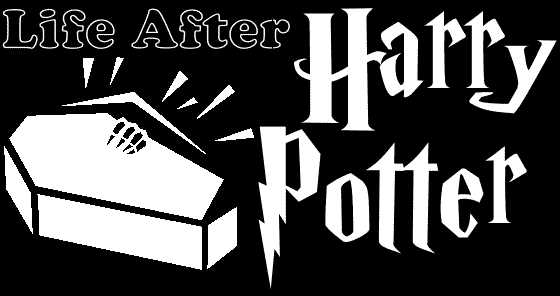

This review will begin with positive aspects: the author’s world, magic system and characterization. It will then provide an overview of the shortcomings, an evaluation of adult content and a conclusion. Finally, a short review of the edition I read is provided.
First, the good. The author has designed a very interesting world and magic system. The entire world consists of a (rather small) archipelago of islands which appears to be based on nordic/germanic culture. There are vikings, runes, winged, speaking, fire-breathing dragons and dragon-prowed long boats. The author also adds something that very few other sorcery fantasy authors have: racial diversity. The main hero is “medium” toned, the “vikings” light, and others dark.
The author’s magic system is basically nordic, with a mixture of other northern European traditions. The pre-requisite is that a person be born with magical ability. This seems to be something which only occurs within males, though there are “witch women” with very weak, relatively primitive magical ability. The degree of (natural) magical power varies from wizard to wizard.
Within the system, first and foremost is the concept of “true name”. With such a system, everyone (and, here, everything and every place as well) has a “true name” in an ancient tongue which wizards must learn in order to magically manupulate that thing. This can also be used by a wizard to change into the form of another animal — with the standard resultant danger of being unable to change back if that form is kept for an extended period. People (and other intelligent creatures) are (naturally) very reticent about giving out their true names.
Another aspect of this magic system is “runic magic”. This aspect of magic appears to be both weaker and more limited than “true name” magic, and, unfortunately, is barely touched upon by the author.
The final aspect of this magic system is “ancient” or “pre-historic” magic. This aspect of magic appears to predate life itself and is imbued within physical objects. It is localized, but very powerful and tends to cancel out or, when in direct contact, overcome wizard magic.
Both main character and supporting characters are developed quite well, though not as fully as I would have liked. The hero has good reasons for (almost) everything he does, and develops (mostly) reasonable relationships with others during his adventures. The story begins when the main character is 7 years old, but most of the events occur during his late teens. He also attends a magic school, but Harry Potter fans will be disappointed at the lack of both detail and adventures during his magical education.
Now for the bad. The main problem with the book seems to be its lack of detail. While reading the book, I repeatedly had the sensation that the author had to edit out (interesting) details to make the story short enough for the publisher. For example, the book lacks sufficient details about pertinent historical events, runic magic, environment (descriptions of the surroundings are always too brief), and even the reasons for the main character’s dislike of one of his fellow students (which appears to be wholly out of proportion in relation to the feeble slights received). Most of his many voyages are also lacking in detail. Often it seems as if, rather than an ocean voyage, he is traveling from one island to another by a conveyance no more interesting than an escalator. Another significant shortcoming is that the resolution to the main challenge is entirely predictable.
There is no adult content whatsoever.
Conclusion: this book has great potential, but unfortunately seems to have been edited down to the point where it can only be considered very good. The addition of just a few dozen paragraphs could have made this one of the truly excellent sorcery fantasies of all time.
The April, 2005 Science Fiction Book Club edition was reviewed (ISBN: 978-0-7394-5271-4). This is a hard-cover (cardboard?) book with a glued (not stitched) binding. This omnibus edition also contains the next two stories in the series, The Tombs of Atuan and The Farthest Shore. Surprisingly, I detected no printing errors whatsoever in the first story, unusual for any book. My only complaint concerns the maps. The main map is too small, and the “blow up” maps are scattered throughout the text rather than being placed together where they can be easily accessed throughout the story. Overall, a very good edition at a decent price ($20.98, price includes shipping). If chosen as a Science Fiction Book Club introductory selection, it is an excellent value (under $6.00). I can also be persuaded to provide this volume, new, at two dollars over my cost, to those who are interested. Please e-mail me with your request.
|
Christian Web Programming |
Copyright © 2007-2008 by James E. Pettis
About this web site